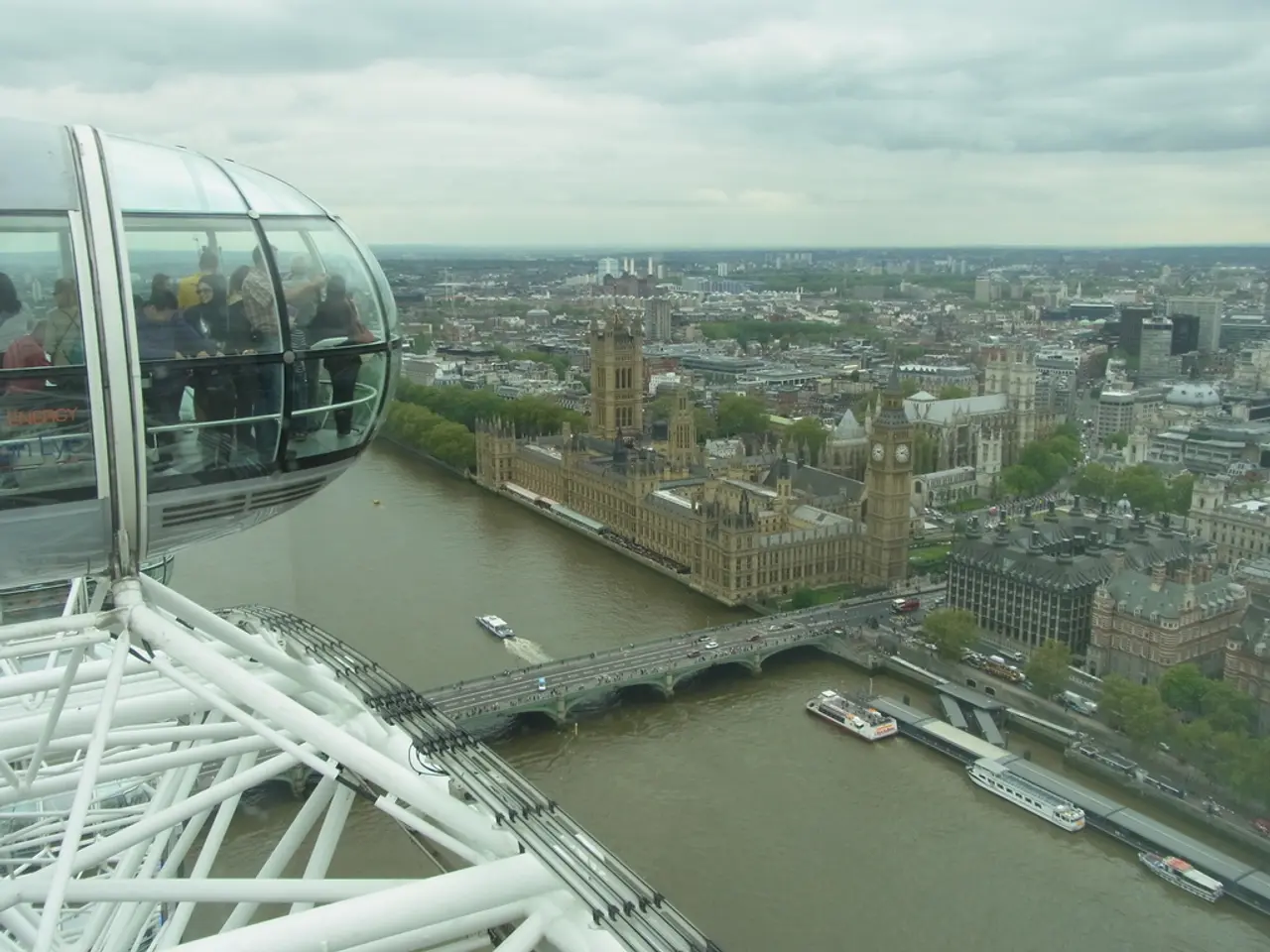Creating an islandcommunity of close-knit residents
In the UK, the housing market has been a long-standing issue, with the Right to Buy (RTB) scheme introduced in 1980 serving as a significant turning point. This policy, which led to the sale of approximately 1.9 million council homes, has had far-reaching consequences that continue to impact the nation today.
The RTB scheme, while providing homeownership opportunities for many, resulted in a substantial decline in the stock of social housing. As the number of social homes sold outpaced the construction of new ones, the proportion of social housing in the overall housing market dropped dramatically, from around 31% in 1980 to just 16% today.
This decline in social housing has contributed to an affordability crisis, with fewer social homes available and a rise in private renting, often at higher rents. The consequence has been a strain on households, particularly those with low incomes, who struggle to keep up with the rising costs of housing.
The lack of social housing construction after RTB sales has also exacerbated housing shortages and increased homelessness. Councils and local authorities, faced with depleted housing stock, have had to resort to costly short-term measures like temporary accommodation, which places heavy financial burdens on their budgets. In fact, London boroughs spend around £4 million daily just on temporary housing, and homelessness has been declared the “single biggest risk” to local authorities’ finances.
Moreover, the structural issues from RTB remain a central factor in the UK’s housing crisis. The government has acknowledged that the failure to replace homes sold under RTB has contributed substantially to the rising need for social and affordable housing. Proposed reforms to RTB aim to slow sales and adjust eligibility but may be too limited to reverse decades of decline.
The housing shortage has also contributed to widening inequality and a growing wealth gap, as increasing house prices push low-income people out of the market and reduce the available safety net for affordable housing. The government plans to train only 60,000 construction workers by 2029, which is less than the required quarter of a million additional workers needed to meet Prime Minister Starmer's plan for 1.5m new homes.
The impact of poor housing conditions extends beyond financial struggles. Poor housing can disrupt education and have a detrimental effect on future life outcomes. Children living in substandard housing are more likely to have respiratory problems, be at risk of infections, and have mental health problems. A report released by Shelter in 2006 found that substandard housing conditions increase the risk of severe ill-health or disability during childhood and early adulthood by up to 25%.
In recent years, there have been tragic incidents highlighting the dire state of housing in the UK. For instance, a coroner found that the respiratory condition that led to the death of a two-year-old boy in Rochdale in 2020 was entirely preventable due to poor housing conditions. Similarly, a woman in Luton shared photographs of black mould in her flat, expressing concern about her living conditions.
The UK's housing issue is further complicated by an ageing and declining workforce, necessitating the need for skilled labor from overseas. However, the UK's immigration policies have been a subject of controversy, with Prime Minister Keir Starmer recently condemning high immigration under the previous Conservative government and speaking of the "incalculable damage" it has allegedly done to British life.
In conclusion, the Right to Buy scheme, while well-intentioned, has had unintended consequences that have contributed to the UK's persistent housing crisis. The government's proposed reforms may help mitigate some of these issues, but a comprehensive and long-term solution is needed to address the root causes and ensure that everyone in the UK has access to safe, affordable, and suitable housing.
- The decline in social housing, resulting from the Right to Buy scheme, has exacerbated the UK's affordability crisis in both home-and-garden and lifestyle sectors, with many households struggling to meet rising housing costs.
- The intersection of politics and general news becomes increasingly relevant as policymakers grapple with the ongoing housing crisis, considering factors like immigration policies and construction labor shortages that could influence homeownership opportunities and living conditions.




